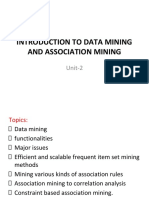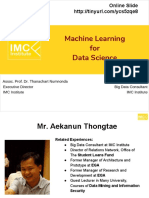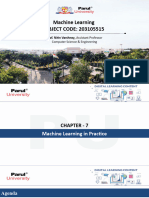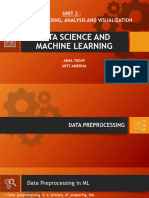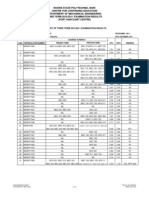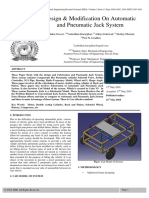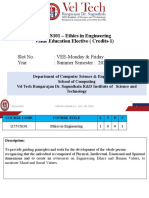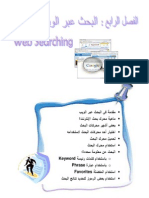0% found this document useful (0 votes)
76 views15 pagesData Preparation: January 2017
This document provides an overview of data preparation, which is the process of organizing and structuring raw data prior to analysis. Data preparation typically involves profiling data to assess its quality, cleaning data by identifying and addressing anomalies, and transforming data into an appropriate form for analysis. It is an iterative and time-consuming process but critical for machine learning. The document discusses common data preparation tasks and techniques including data profiling, cleansing, integration and transformation.
Uploaded by
ghaghaghaCopyright
© © All Rights Reserved
We take content rights seriously. If you suspect this is your content, claim it here.
Available Formats
Download as PDF, TXT or read online on Scribd
0% found this document useful (0 votes)
76 views15 pagesData Preparation: January 2017
This document provides an overview of data preparation, which is the process of organizing and structuring raw data prior to analysis. Data preparation typically involves profiling data to assess its quality, cleaning data by identifying and addressing anomalies, and transforming data into an appropriate form for analysis. It is an iterative and time-consuming process but critical for machine learning. The document discusses common data preparation tasks and techniques including data profiling, cleansing, integration and transformation.
Uploaded by
ghaghaghaCopyright
© © All Rights Reserved
We take content rights seriously. If you suspect this is your content, claim it here.
Available Formats
Download as PDF, TXT or read online on Scribd
/ 15


















